If you are fond of music and an inhabitant of the South Asian region then you must have heard the Qawwali song. Still, are you not understanding what we are talking about?
Qawwali is a musical form which involves a large number of artists in every performance, with eight or nine players making music with harmoniums, tabla, dholak, sitar and other percussion instruments. Hand clapping also adds value to the music. It is usually performed with a lead singer and chorus, playing in a call-and-response style.
Usually, a Qawwali concert lasts for several hours as it is responding to the audience reception and it is so focused on bringing the listeners into communication with the divine. Traditionally the concerts start with slower songs with the tempo getting increasingly more rapid as the concert goes on, and then slowing down again.
The etiquette of interaction between audience and performers is almost ritualized in this highly interactive art form.
Though it is a form of song, at a stage Qawwali music emphasizes and intensifies specific words. The lyrics of those songs are what Sufis rely on to open their minds and bring them to an ecstatic state. The most common poetic form to appear in qawwali is the ghazal, composed of several couplets in the rhyme scheme aa, ba, ca, da, etc., and dealing with unrequited love.
The love the poem describes is understood simultaneously as an earthly love and a Divine love.
Defining the “Qawaali music,” Bobby Friction said, “Is the physical and musical manifestation of the Sufi religious tradition in South Asia. Powerful, poetic & transcendent, its hypnotic rhythms and melodies celebrate God, love and music as one.
The religious base of Qawwali
Qawwali is a musical form associated with the sama’, spiritual concert, of the Chishti Sufi Order. In its religious context it functions as a way to bring members of the order into a trance-like state that makes them more aware of their relationship with God.

The art is usually credited to Amir Khusraw, called the “Nightingale of India” for his contribution to South Asian music and literature. As a devotee of the great Chishti master Nizam ad-Din Awliya, his copious output is attributed to his intense spiritual love for his master.
The music is performed with the hope of bringing listeners to the state of spiritual ecstasy and is known to hypnotize both performers and listeners. It brings everyone under a spiritual union with God.
How has Qawwali evolved over the centuries?
Qawwali music has moved with the times. Women were not allowed to perform and to watch Qawwali for a long time but now they are welcomed in both.
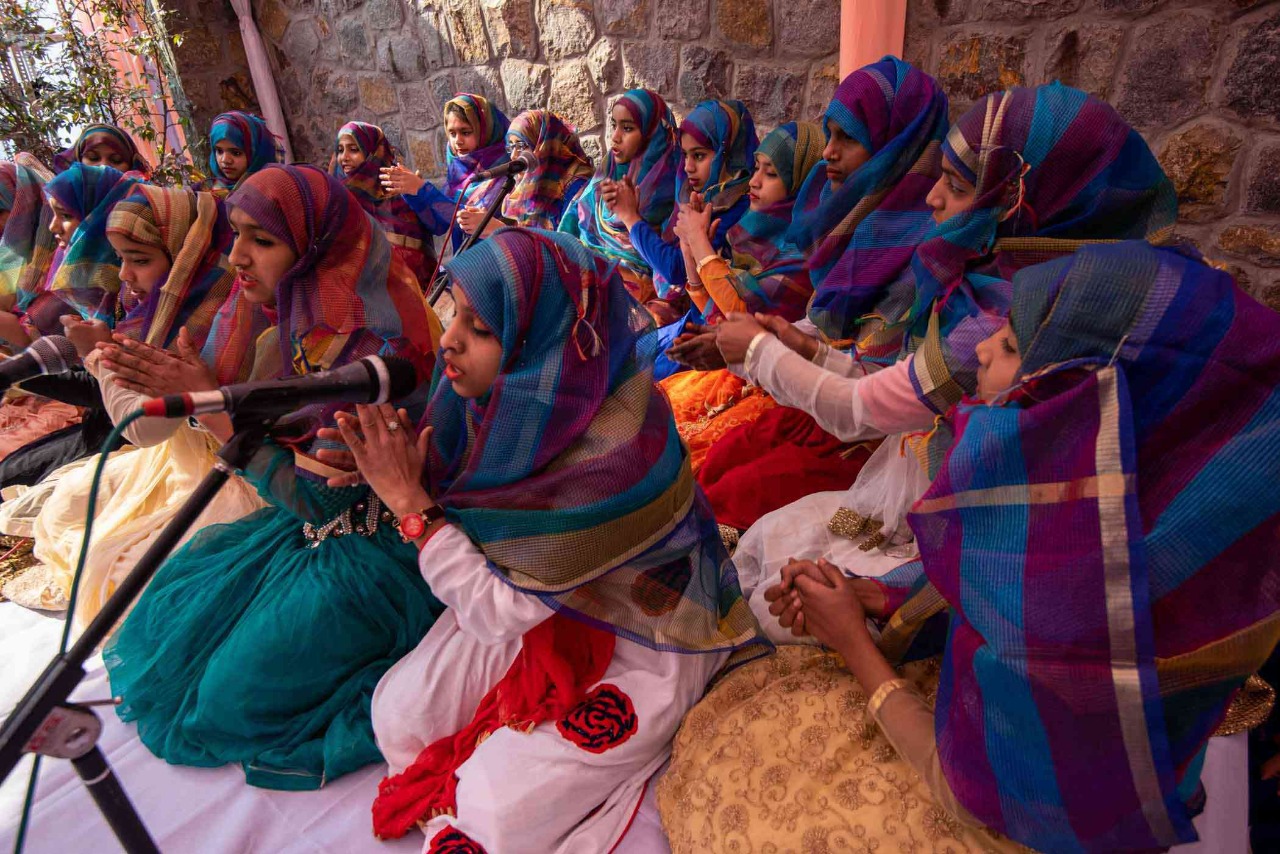
The genre of song has become popular over the world but till early 20 century it was only known to the subcontinental people. After world musicians like Nusrat Fateh Ali and others began working on it, Qawwali spread globally.
After that the artist of this genre was invited to perform across the globe.
Hope, now you know what Qawwali is.
Qawwali in TSC of Dhaka University
A group of Dhaka University students is going to arrange a Qawwali Mahfil for the very first time at Teachers-Students Centre (TSC).
The Mahfil will be held at 6:00 pm on January 12.
Nadim Qawwal and his band and DU based Qawwal band Silsila will be performing at the event. Sheikh Fahim Faisal, well known for his ritual recitation and singing will perform at the event.
Mir Hojaifa Al Mamduh, a student of Mass Communication and Journalism also organizer of the programme, said, “With the aim of bringing cultural diversity and all kinds of ingenious diversity into mainstream we organized this Qawwali Mahfil at Dhaka University’s Teachers-Students Centre.”
“In Dhaka city, Qawwali has been performed for two centuries but in the mainstream, it has been treated like an outcast. Let the people be immersed in the diversity of Qawwali and all other forms of art,” he added.







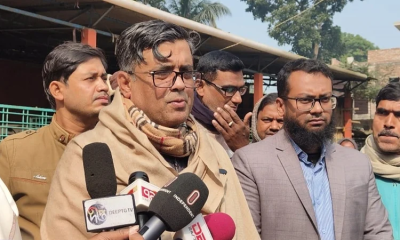
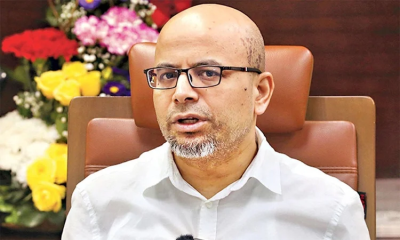


-20260103102222.webp)
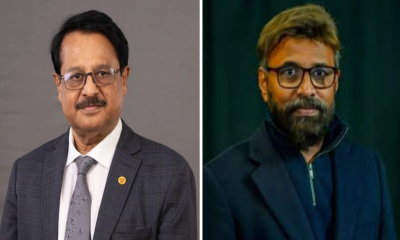



-20260103050848.jpg)


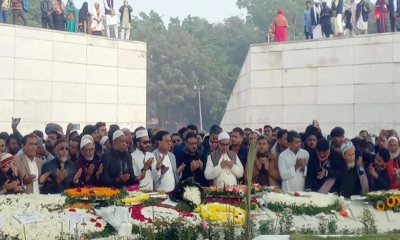
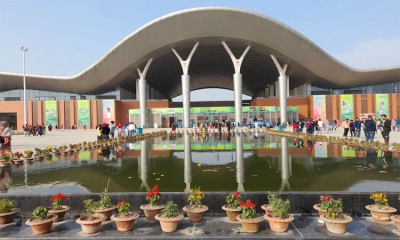
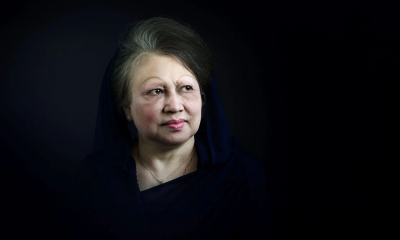
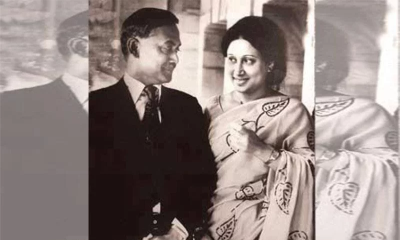
-20251227141313.jpeg)
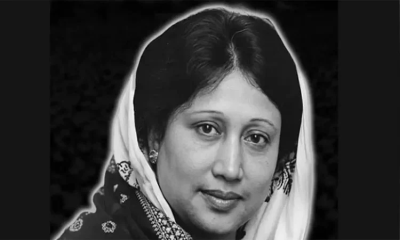


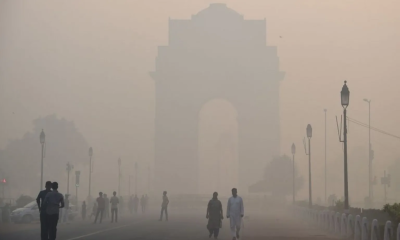
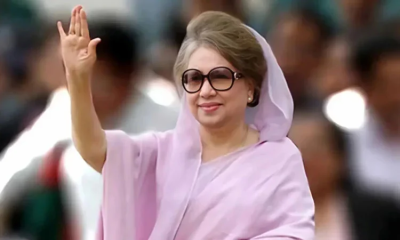
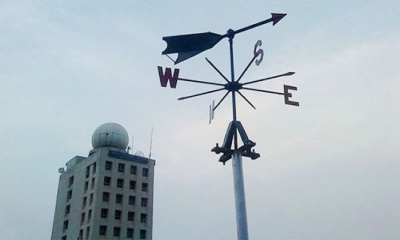

-20251229113834.jpg)

-20251228081840.jpeg)
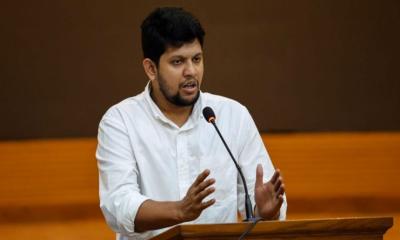
-20251228081915.jpg)